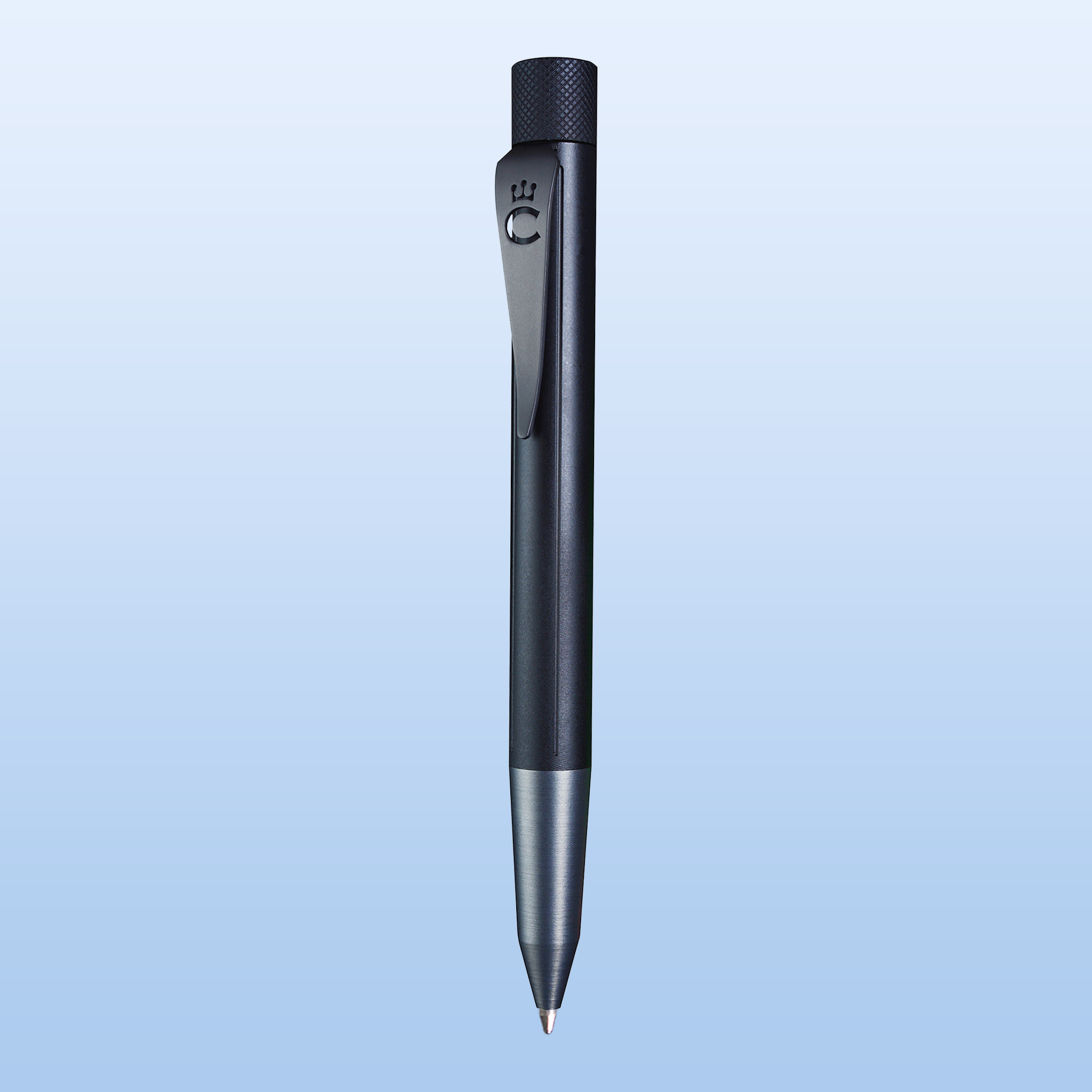A Beginner's Guide to Writing Poetry
1. Introduction
Poetry is a beautiful and expressive form of literature that has been cherished by cultures throughout history. In this guide, we'll explore the history of poetry, the elements that make up a poem, different types of poetry, and tips for writing your own poetry.
2. History of Poetry
Poetry has been a fundamental aspect of human expression for thousands of years. From ancient civilizations to modern times, poetry has been used to convey emotions, tell stories, and capture the essence of life.
Ancient Poetry: Some of the earliest known poetry dates back to ancient civilizations such as Sumeria, Egypt, and Mesopotamia. These poems were often religious or ceremonial in nature, celebrating gods and heroes. One of the earliest examples of poetry is the "Epic of Gilgamesh," a Sumerian poem that dates back to the 3rd millennium BCE.
Greek and Roman Poetry: The Greeks and Romans developed more structured forms of poetry, such as epic poetry, lyric poetry, and drama. Writers like Homer, Sappho, and Virgil are still revered for their contributions to the poetic tradition. The Greek poet Homer wrote two of the most famous epic poems of all time, the "Iliad" and the "Odyssey."
Medieval Poetry: During the Middle Ages, poetry continued to flourish, with forms such as the ballad and the epic poem gaining popularity. Famous works from this period include "Beowulf," an Old English epic poem, and "The Divine Comedy" by Dante Alighieri, an Italian epic poem.
Renaissance Poetry: The Renaissance was a golden age for poetry, with writers like William Shakespeare, John Donne, and Edmund Spenser producing some of the most celebrated works in the English language. Shakespeare, in particular, is known for his sonnets, which are 14-line poems written in iambic pentameter.
Modern Poetry: In the 20th and 21st centuries, poetry has continued to evolve, with poets experimenting with new forms and styles. From the confessional poetry of Sylvia Plath to the avant-garde experiments of T.S. Eliot, poetry remains a vibrant and vital art form.
3. Elements of Poetry
Poetry is characterized by a number of key elements that distinguish it from other forms of literature. These elements include meter, rhyme, imagery, and symbolism.
Meter
Meter refers to the rhythmic structure of a poem, which is determined by the arrangement of stressed and unstressed syllables. Different forms of poetry have different meters, ranging from the strict iambic pentameter of a sonnet to the loose, flowing meter of free verse.
In English poetry, meter is often measured in terms of "feet," which are units of stressed and unstressed syllables. The most common types of feet are:
- Iamb: an unstressed syllable followed by a stressed syllable (e.g., "to-DAY," "be-LIEVE").
- Trochee: a stressed syllable followed by an unstressed syllable (e.g., "TI-ger," "HAP-py").
- Anapest: two unstressed syllables followed by a stressed syllable (e.g., "un-der-STAND," "in-ter-CEPT").
- Dactyl: a stressed syllable followed by two unstressed syllables (e.g., "HAP-pi-ness," "VEG-e-ta-ble").
Different meters create different effects in poetry. For example, iambic pentameter, which consists of five iambs per line, is often used in traditional English sonnets and creates a sense of rhythm and flow.
Example of iambic pentameter:
Shall I | comPARE | thee TO | a SUM | mer’s DAY?
Thou ART | more LOVE | ly AND | more TEM | perATE.
Rhyme
Rhyme is the repetition of similar sounds at the end of words, and is often used to create a musical effect in poetry. Rhymes can occur at the end of lines (end rhyme) or within lines (internal rhyme).
There are many different types of rhyme, including:
- Perfect Rhyme: When the sounds of the words are exactly the same (e.g., "cat" and "hat").
- Slant Rhyme: When the sounds of the words are similar but not exactly the same (e.g., "prove" and "love").
- Eye Rhyme: When the words look like they should rhyme but don't actually sound the same (e.g., "bough" and "though").
Rhyme schemes are often represented using letters to indicate which lines rhyme with each other. For example, in a poem with an AABB rhyme scheme, the first two lines rhyme with each other, and the third and fourth lines rhyme with each other.
Example of end rhyme:
Two roads diverged in a yellow wood,
And sorry I could not travel both
And be one traveler, long I stood
And looked down one as far as I could
Imagery
Imagery refers to the use of vivid language to create mental pictures or sensory impressions in the reader's mind. Poets use imagery to evoke emotions and bring their poems to life.
There are many different types of imagery, including:
- Visual Imagery: Descriptions of what the poet sees (e.g., "The sky was a deep shade of blue").
- Auditory Imagery: Descriptions of what the poet hears (e.g., "The birds chirped softly in the distance").
- Tactile Imagery: Descriptions of what the poet feels (e.g., "The rough texture of the tree bark scratched my hand").
- Olfactory Imagery: Descriptions of what the poet smells (e.g., "The scent of fresh flowers filled the air").
-
Gustatory Imagery: Descriptions of what the poet tastes (e.g., "The sweet
taste of honey lingered on my tongue").
Example of visual imagery:
The woods are lovely, dark and deep,
But I have promises to keep,
And miles to go before I sleep,
And miles to go before I sleep.
Symbolism
Symbolism is the use of symbols to represent ideas or concepts. Poets often use symbols to convey deeper meanings and evoke complex emotions.
Common symbols in poetry include:
- Nature: Symbols of nature, such as flowers, trees, and animals, are often used to represent life, growth, and change.
- Colors: Different colors can symbolize different emotions or ideas. For example, red is often associated with love and passion, while blue is associated with sadness and melancholy.
- Objects: Everyday objects can be used as symbols to represent larger ideas. For example, a mirror might symbolize self-reflection, while a key might symbolize unlocking new opportunities.
Example of symbolism:
I wandered lonely as a cloud
That floats on high o'er vales and hills,
When all at once I saw a crowd,
A host, of golden daffodils;
4. Types of Poetry
There are many different types of poetry, each with its own unique form and structure. Some of the most common types of poetry include the sonnet, haiku, free verse, and limerick.
Sonnet
The sonnet is a 14-line poem that follows a strict rhyme scheme and meter. There are two main types of sonnets: the Petrarchan (or Italian) sonnet and the Shakespearean (or English) sonnet.
Petrarchan Sonnet:
- Consists of an octave (eight lines) followed by a sestet (six lines).
- The rhyme scheme of the octave is typically ABBAABBA, while the rhyme scheme of the sestet varies (e.g., CDCDCD or CDECDE).
Example of a Petrarchan Sonnet:
How do I love thee? Let me count the ways.
I love thee to the depth and breadth and height
My soul can reach, when feeling out of sight
For the ends of being and ideal grace.
Shakespearean Sonnet:
- Consists of three quatrains (four lines each) followed by a final couplet (two lines).
- The rhyme scheme is typically ABABCDCDEFEFGG.
Example of a Shakespearean Sonnet:
Shall I compare thee to a summer's day?
Thou art more lovely and more temperate:
Rough winds do shake the darling buds of May,
And summer's lease hath all too short a date:
Haiku
The haiku is a traditional form of Japanese poetry that consists of three lines with a syllable pattern of 5-7-5. Haikus often focus on nature and the changing seasons.
Example of a Haiku:
An old silent pond...
A frog jumps into the pond,
splash! Silence again.
Free Verse
Free verse is a form of poetry that does not follow any strict rhyme or meter. Instead, free verse poems are characterized by their lack of structure and their focus on natural speech rhythms.
Example of Free Verse:
The fog comes
on little cat feet.
It sits looking
over harbor and city
on silent haunches
Limerick
The limerick is a humorous form of poetry that consists of five lines with a strict rhyme scheme (AABBA). Limericks often have a bawdy or nonsensical theme.
Example of a Limerick:
There once was a man from Peru
Who dreamt he was eating his shoe
He awoke with a fright
In the middle of the night
And found that his dream had come true
5. Writing Your Own Poetry
Now that you're familiar with the history, elements, and types of poetry, it's time to start writing your own poems!
Getting Started
The first step in writing poetry is to find inspiration. This could come from your own experiences, observations, or imagination.
Finding Inspiration
There are many sources of inspiration for poetry, including nature, emotions, relationships, and everyday life. Keep a notebook handy to jot down ideas and observations as they come to you.
Drafting and Revising
Once you have an idea for a poem, start drafting it on paper or on your computer. Don't worry too much about getting it perfect on the first try – poetry is a process of revision and refinement. Experiment with different forms, meters, and styles until you find what works best for you.
Sharing Your Work
Once you're happy with your poem, consider sharing it with others. You could read it aloud to friends or family, or submit it to a literary magazine or poetry contest. Sharing your work with others can be a rewarding experience and can help you improve as a poet.









